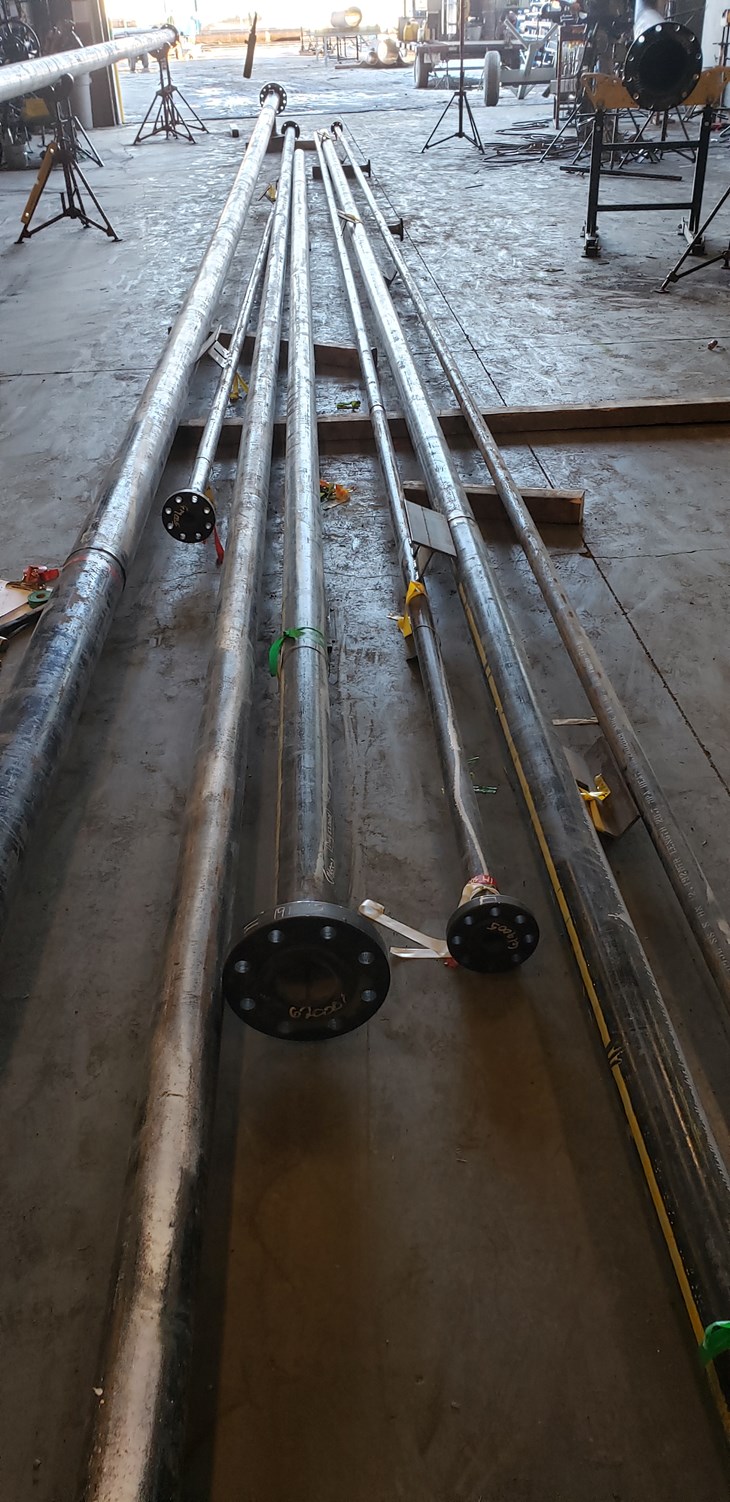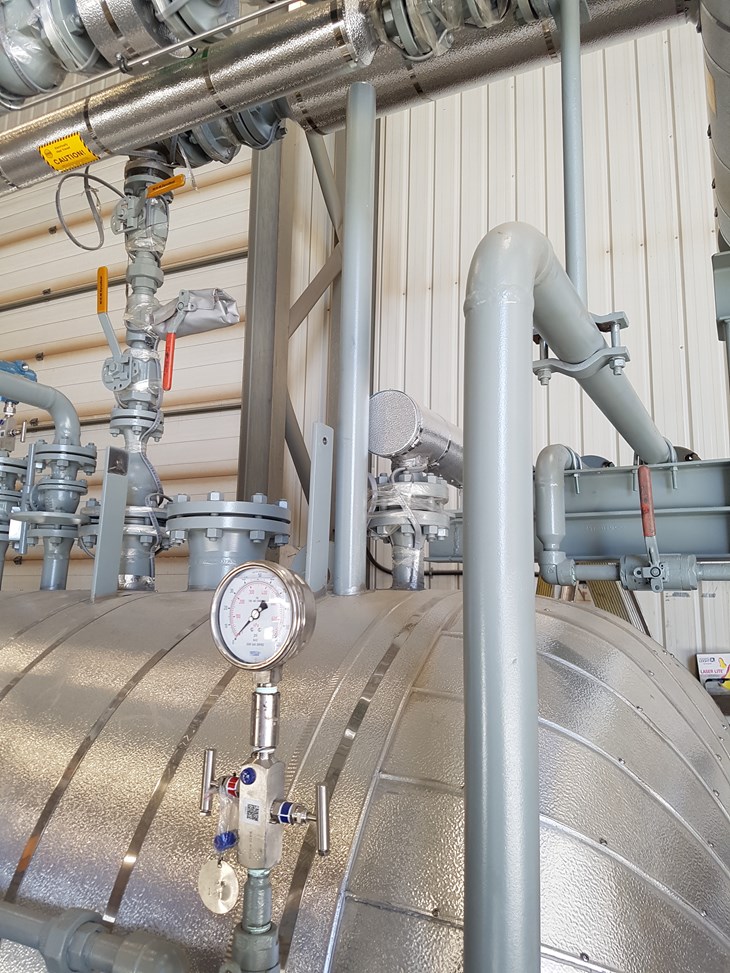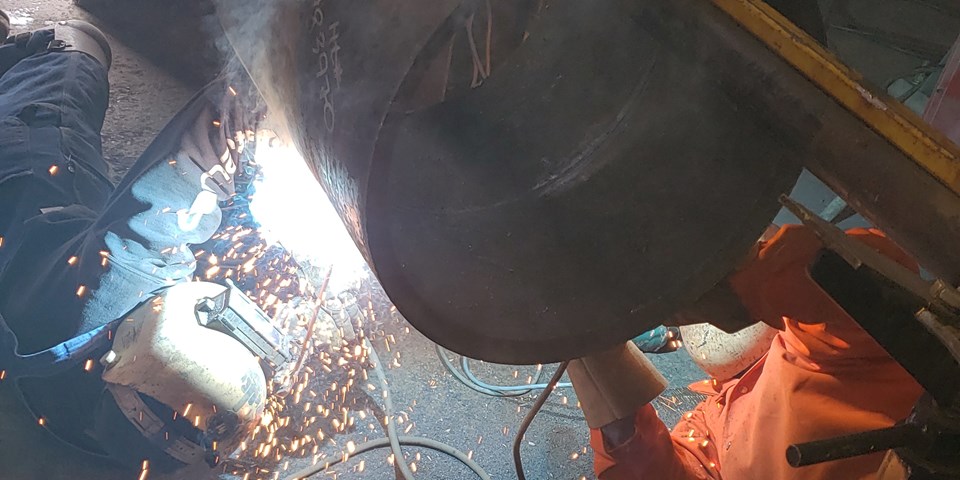Stainless Steel World Americas had the opportunity to speak with Garrett Borrow about his experiences as an inspector, the typical welding discrepancies he has seen in his work, and what hopes he has for the future of stainless steel manufacturing.
By Brittani Schroeder
Upon graduating high school, Garrett Borrow had many education options to choose from, but he ultimately decided to enter the Welding Engineering Technology program at the Southern Alberta Institute of Technology (SAIT). “I decided on welding because I thought it was interesting, and it was something I had never done before. The program gave us thought-provoking learning materials and provided the ‘ideal situation’ for the industry,” says Borrow. “After I graduated, I was sent out into the world with the knowledge I had gained, ready to start working.”
Borrow soon started working for a small, ‘Mom and Pop’ shop in Calgary, Alberta, as a Quality Control (QC) Inspector. He worked within a team of 40 people for almost three years and had worked up to the Acting Manager position before he joined another company. Borrow began to work for a boiler and pressure vessel shop, and soon the company was acquired by Alstar Oilfield Contractors, who took over Borrow’s employment. For the last two years, Borrow has worked for Alstar as a Senior Quality Assurance (QA) Inspector, and is a Level Two Visual Inspector, accredited under the C.W.B. (Canadian Welding Bureau). “In short, my job is to check other peoples’ work and make sure everything is correct before it goes out the door,” he says.

A fast-paced environment
Borrow’s days are very fast-paced. He is part of a team of three to five inspectors that look after all the pressure piping being produced by the welders on the shop floor. Each section of piping requires an inspection before being sent out to the yard for nondestructive testing (NDT), painting, and installation. As Senior QA Inspector, Borrow works with approximately 12 welders, and is also responsible for training new inspectors as they join his team.
For Borrow, the best part of the job is being social with the other inspectors and welders. “Working in a shop environment, you get very close with the people you work with. As the QA Inspector, you are often telling people that their work is incorrect. It is important to develop the skills to be professional about it, while at the same time you need to be able to walk away from that conversation without the welder hating your guts. It is a very fine line,” says Borrow.
When thinking about the most challenging aspects of the job, Borrow says that it is the stop in workflow. “As a QA Inspector, you are the reason that the workflow is slowing down, or fully stopping. If something is wrong, you have to go back and tell the welder to fix it, which extends deadlines and pushes back the project schedule a bit,” he explains. Borrow stresses that even when the shop is trying to meet a short deadline, it is crucial that the inspector still takes their time and ensures that the work is done correctly.

Inspection procedures
When Garrett Borrow arrives at work, the first thing he does is set up his tools for the day; this includes his flashlight, cam gauge, a measuring tape, a level, and some other tools that he might need for the day. “I usually have a few drawings in my inbox from the day before, and I will grab the first one on the top of the pile and head out to the floor to find the spool, which is a section of pipe. I tag it with a control number, and this identifies the spool for everyone who works on it for the rest of the process, all the way up to installation.”
Once the spool has been tagged, Borrow walks around and checks all of the materials to ensure they are the correct metal grades and ratings. From there, he moves on to levels and dimensions. Borrow must make sure that each of the fittings are sitting square and level, and he dimensions and measures the spool to ensure that it meets the requirements of the drawing. “If everything checks out, I will move on to make sure the welds are up to par with no visual defects,” Borrow explains. After assessing the pipeline spec, he sends it out for the required NDT. The spool may be x-ray or magnetic particle tested, and may undergo many other tests before it moves back into the shop for hydro testing.

The art of welding
As Borrow would say, “Welding is an art form.” Welding is different for every person who is doing it; depending on the welder, there can be big changes in the finished weld. Most often, Borrow sees issues caused by the environment, rather than the material or consumables. “For example, welders may be lined up in a booth, and the booth may be near a big shop door. If that shop door is opened when the welders are doing their job, a big gust of air could come through and blow away the protective gases on top of the weld, which could cause porosity. If there are loud noises in the shop and the welder looks up from his work, that could be another cause of potential defects.”
Another possible issue for welders comes from switching between companies that provide consumables. Borrow stresses that it is crucial to find a company that provides good quality consumables, and to stick with them. “Switching between companies would be the same as a painter changing from their regular brand of paint to a new one they have never used. They have to get used to the new materials, as a welder would need to get used to new consumables,” says Borrow. “There is a rhythm to welding, just as there is with painting and being a musician. Their work is like a metronome on a piano: tick, tock, tick, tock. The welders have the muscle memory, and they are going to do it perfectly because they know what is happening. If they fall out of that sequence, they will stop, sit back, and look at their work. If they have made a mistake, they will take out their grinder – which is basically their eraser – and zip it out. Then they will fall back into their rhythm. It is really awesome to see.”

